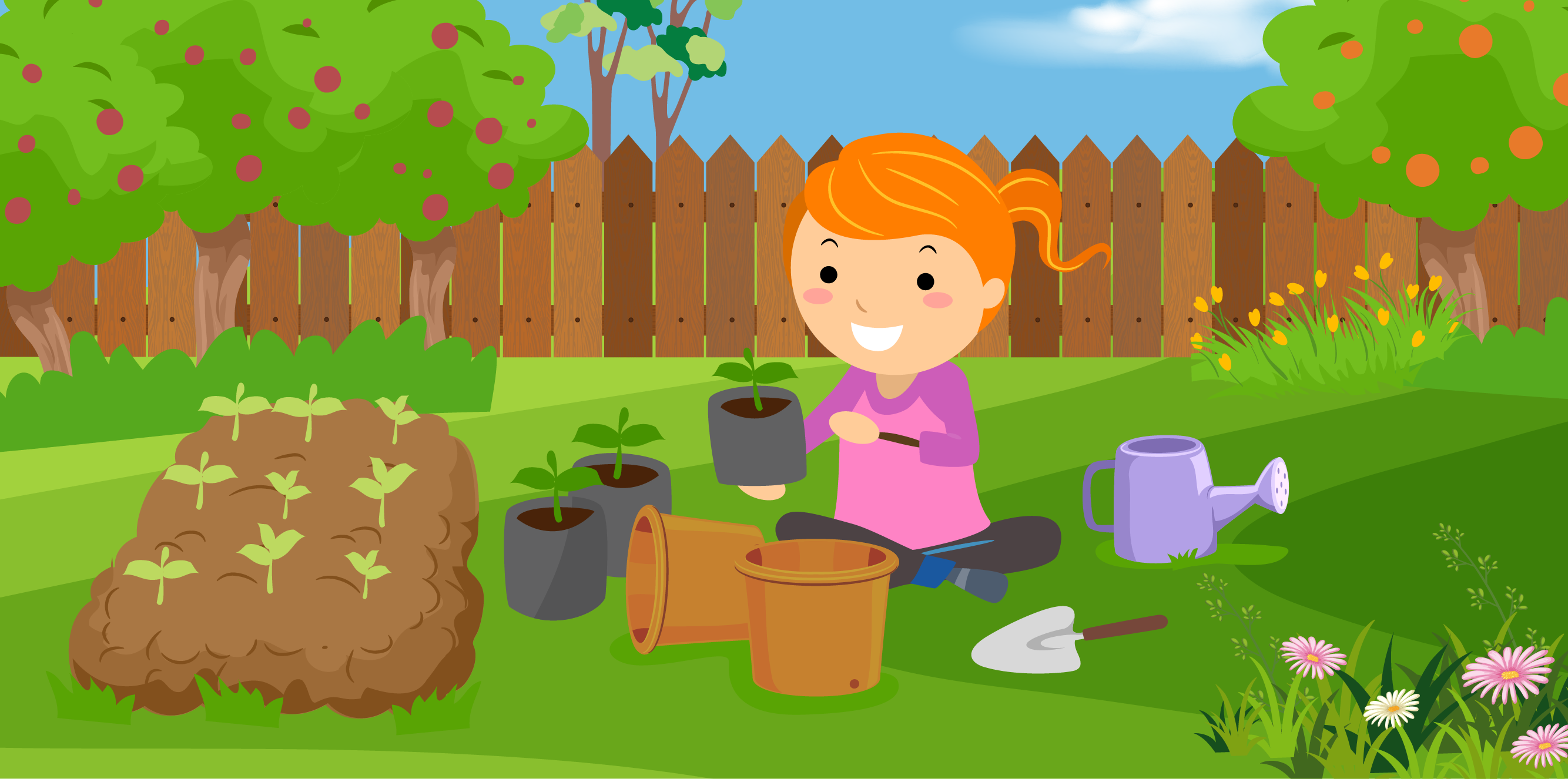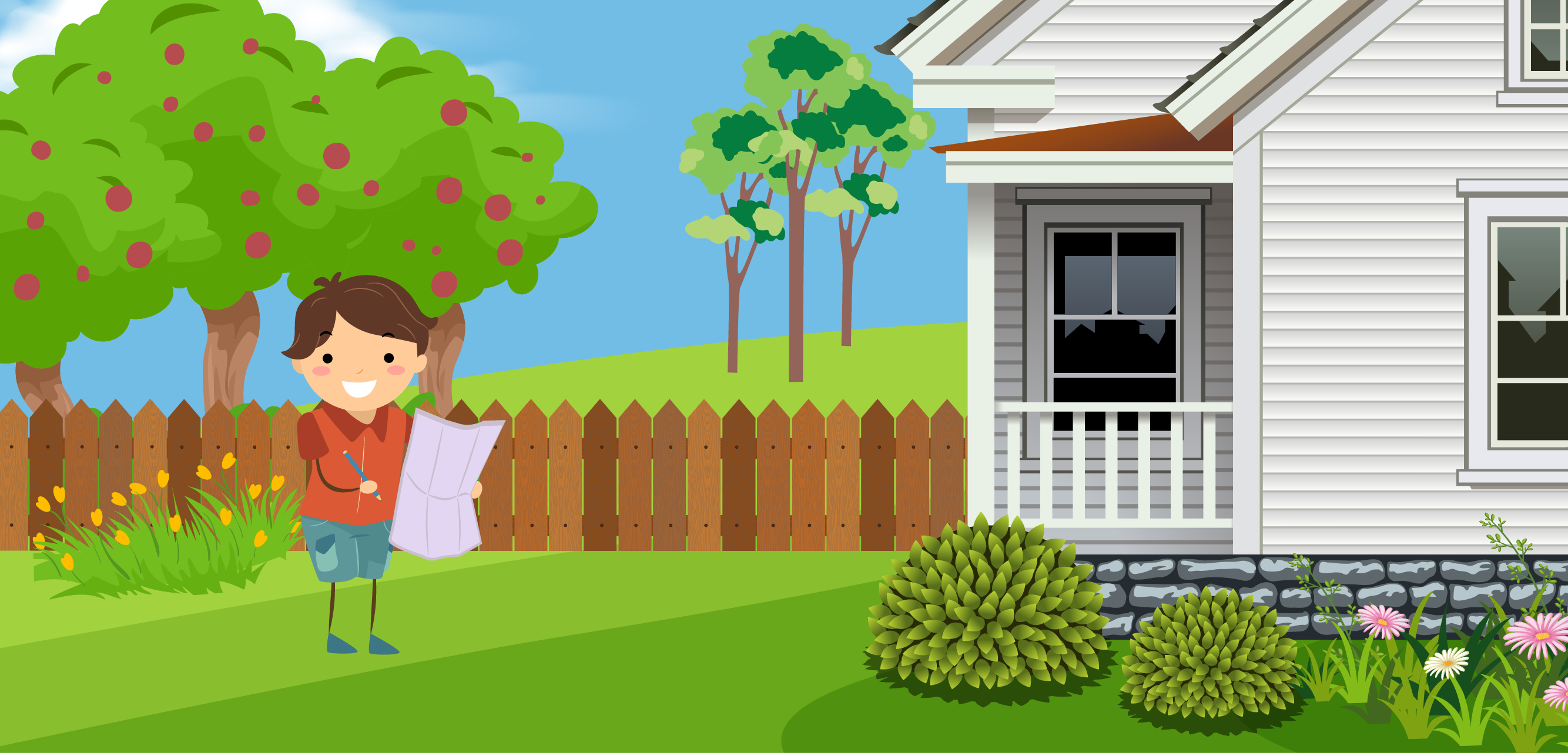
Vital to our survival!
Plants are living organisms that cover large amounts of the surface of our planet. They come in many shapes, sizes and colours and include trees, shrubs, grasses, herbs, vines, ferns, mosses and green algae. Most plants have roots, stems and leaves and they either produce flowers or cones for reproduction.
Plants can live in water and on land, usually with their roots firmly secured in soil. However, some live off other host plants and don’t need soil – these are ‘air plants’ and ‘epiphytes’ (e-pee-fites).
Botanists (scientists who study plants) have identified about 391,000 living species of plants across the world.
Plants are special because they all have green parts within their cells called ‘chlorophyll’ (klor-o-fill) that helps them turn sunlight (energy) and carbon-dioxide (what animals breathe out) into oxygen (what animals breathe in) and sugar (the food that helps plants grow). This process is known as photosynthesis. Without plants, we could not survive because the oxygen in the atmosphere would not be replenished.
Wonders of Plants
- Plants provide habitat for other animals and plants to live in.
- Plants provide us with many of the ingredients we need to make our medicines.
- Plants provide us with building materials that humans use.
- Plants provide us with fuel.
- Plants maintain the soil quality as when they die and decompose, they fertilise the soil, enabling other plants to grow and thrive.
- Plants keep the soil together preventing erosion.
- Plants provide oxygen for us and all the other animals. Through photosynthesis they absorb carbon dioxide and release oxygen which gives us the air that allows all animals on the planet to breathe.
- Plants are an essential part of the water cycle. They absorb water from the soil and release it into the atmosphere through their leaves (transpiration). This atmospheric water vapour builds up and then comes down as rain (precipitation).
- Plants provide us with many of the materials we use for clothes.
- Plants provide food for us and the animals we eat (crops, pastures and foraging).
- Plants provide food for animals.
- Plants make our landscapes beautiful as without them the world would be a barren rock.
- Plants help keep our climate stable as they fight against global warming by removing carbon from the atmosphere and releasing oxygen.
- Native plants on farms help with pest control as many native birds and insects eat pests on the crops and pastures. This means less money spent on pesticides and less harmful chemicals entering the environment.
- Native plants on farms (native bush areas/wildlife corridors) helps encourage native animals that are great pollinators meaning more successful crops and pastures.

Plants at my place
In this activity you are going to learn about how essential plants are to your everyday life. You will conduct an audit (survey) of your place to recognise as many things as you can that are plant-based – things that come directly from plants or are made from plant parts or extracts.
Step 1
Read through the ‘Wonders of Plants’ so you are familiar with some of the benefits they provide.
Step 2
Print or create your own version of the ‘Plants at my place audit’ table from the Activity Sheet. You will be amazed how many things around your place have something to do with plants so you may need a few copies to provide enough space.
Step 3
Conduct your ‘Plants at my place’ audit. There are some examples in the table to help you get started. There are also a number of suggestions of where to look – see the ‘Hints on finding plant things at your place’.
It is encouraged to ask your parents/guardians for advice as they may be able to offer you suggestions.
Step 4
Answer the questions provided on the Activity Sheet about your survey
Hints on finding plant things at your place
- Food: Your kitchen is a great place to find things that are the product of plants as they are an essential food source for us. Look through your cupboards, pantry and fridge and list anything that you find that comes from a plant, or has ingredients from plants.
- Even when we think about the meat we eat, we are thinking about something that only survives because of plants. Animals eat plants, or other animals that eat plants. Without plants we would have no meat.
- Medicines: Extracts of chemicals from plants are used as the basic building blocks for a lot of our medicines. They are also used in natural remedies and traditional medicines.
- Clothing/fibres: We use a number of natural fibres from plants to make many of our clothes. Cotton, flax, hemp, jute and linen all come from plants. Ropes, string and thread are also often made from these natural fibres.
- Soap/toiletries: Your bathroom might also have a number of items that contain plant extracts. Soap, shampoo, conditioners and other creams and lotions often have natural plant materials in them.
- Paper: Toilet paper, printing paper, newspaper and any other types of paper come from the pulp of trees.
- Building materials: All wood comes from plants. Lots of other building materials also contain extracts of plants. We often use wood as a building material right throughout our houses and properties. As well as items like benches, shelving, desks and chairs, there is a good chance that the whole skeleton (frame) of your house is made from plant material (wood).
- Maintain soil: Without plants, our backyards and properties would just be piles of mud and dirt. Plants protect the soil and hold it together to prevent problems like erosion.
- Produce: Plants provide us with food and a lot of households take advantage of this by growing produce in vegetable gardens and orchards. On larger properties, pastures are grown to feed livestock stock or crops are grown to supply food and fibres for the wider community.
- Habitat: Animals of all sorts rely on plants to survive. As well as food, plants provide shelter for animals and nutrients for the soil. Having a variety of plants around us means there is better habitat for wildlife, and we attract more wildlife to our properties. Native plants are very important for attracting native animals.
- Fencing: A lot of properties use wood as an essential part of fencing and making yards for livestock.
